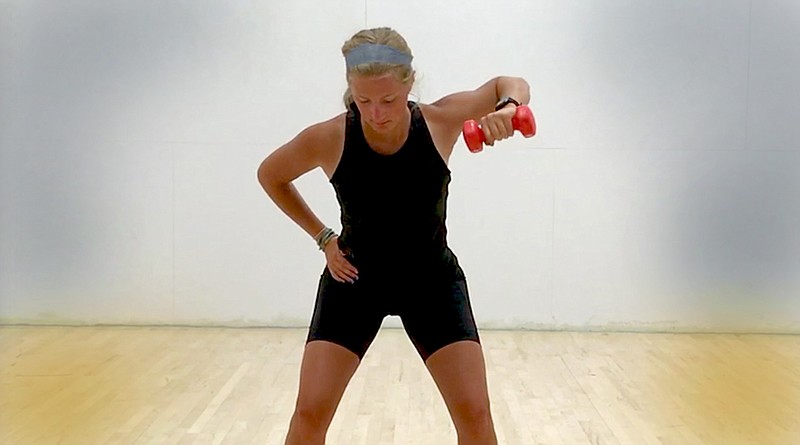Tomorrow morning about 10, I should arrive in Salt Lake City. I will pick up my rental car and grab a quick bite to eat before making the short drive over to Park City, home of the 2002 Winter Olympics.
The following six days will be spent hiking, cycling and fly fishing in the beautiful Wasatch Mountains.
I have physically prepared for this trip for the past few months, but I expect to use some recovery techniques each day.
Once in a while, I will take a relaxing vacation that involves frozen drinks, sand, water and sun. Those trips are fun, but after a few days I usually look for activity to mix things up. In warmer climates, I like offshore fishing, stand-up paddle boarding and snorkeling. But the cooler mountain air and amazing topography of Park City will provide a great opportunity to stay active in different ways.
Mountain hiking and biking can be performed at very low or very high intensity. I have been passed by mountain bikers going 30 mph down a hillside, and I have also spent relaxing afternoons strolling horizontally across a valley. The difficulty of the terrain plays an important role in the physical challenge of either activity, but I always experience some level of soreness, regardless of the terrain.
After a long day of mountain activities, there are recovery tricks that I find useful. The first two involve water.
Hydration is incalculably important. I always drink a few cold glasses of water within an hour of returning home. As I do this, I like to soak in a swimming pool to reduce body temperature and loosen muscles. This step also reduces the pull of gravity on my joints and muscles while I'm refueling and recharging. That feels good.
After the hydration steps, it's usually time to eat. A balanced meal with plenty of vegetables seems to do the trick in most cases — and I will usually treat myself to a little bite of dessert after long days on the mountain.
The final step in my recovery routine is a couple of over-the-counter anti-inflammatories and some foam rolling. Foam rollers are inexpensive tools that are used to help reduce muscle tension and massage tight areas to promote recovery. It's a great method to decrease soreness and prepare for the next day.
This week's exercise is one that I have been using for the past few weeks in preparation for my trip. The Anti-Rotation Row helps to strengthen the core muscles to deal with uneven terrain and improve balance and stability. Plus, it's appropriate for all fitness levels and can be modified to be more or less intense as needed.
[Video not displaying? See arkansasonline.com/72master.]
1. Select a single medium-weight dumbbell and grasp it with your right hand.
2. Squat down to a half-squat position, then lean forward with your torso.
3. Place your left hand on your left hip.
4. Allow your right arm to extend fully toward the ground.
5. Row with your right arm by bringing the dumbbell up to your right underarm area. Once it reaches this point, slowly lower back to full extension.
6. Perform 10 repetitions, then switch sides and repeat.
The key with this exercise is to pay close attention to the torso. It requires some focus to eliminate torso rotation, simply because it feels so natural to roll the shoulders with the movement. But holding the steady posture is a fantastic way to strengthen the spinal erectors, lower back and other core muscles that will support a long day of outdoor pursuits. Enjoy!
Matt Parrott has a doctorate in education (sport studies) and a master's in kinesiology and is certified by the American College of Sports Medicine.
vballtop@aol.com
